Valves UK
ASCO LISCG551 B201.24/DC Pilot Operated Solenoid Valve - 3/2 - 5/2
ASCO LISCG551 B201.24/DC Pilot Operated Solenoid Valve - 3/2 - 5/2
Couldn't load pickup availability
IN STOCK - SAME DAY DISPATCH
The ASCO LISCG551 B201.24/DC Pilot Operated Solenoid Valve is a versatile and high-performance pneumatic valve designed for precise control in demanding automation systems. This 3/2–5/2 configuration provides flexibility for both single and double-acting actuator control, making it ideal for a wide range of industrial applications. Engineered by ASCO, a global leader in solenoid technology, this valve ensures reliable switching, long service life, and excellent response times.
Key Features:
Operating pressure: 2–10 bar
Operating temperature range: -25°C to +60°C
Medium: Air and inert gas
Port size: G1/4”
Pilot operated for efficient pneumatic control
ASCO quality manufactured in France
Versatile 3/2–5/2 configuration for flexible actuator operation
Share
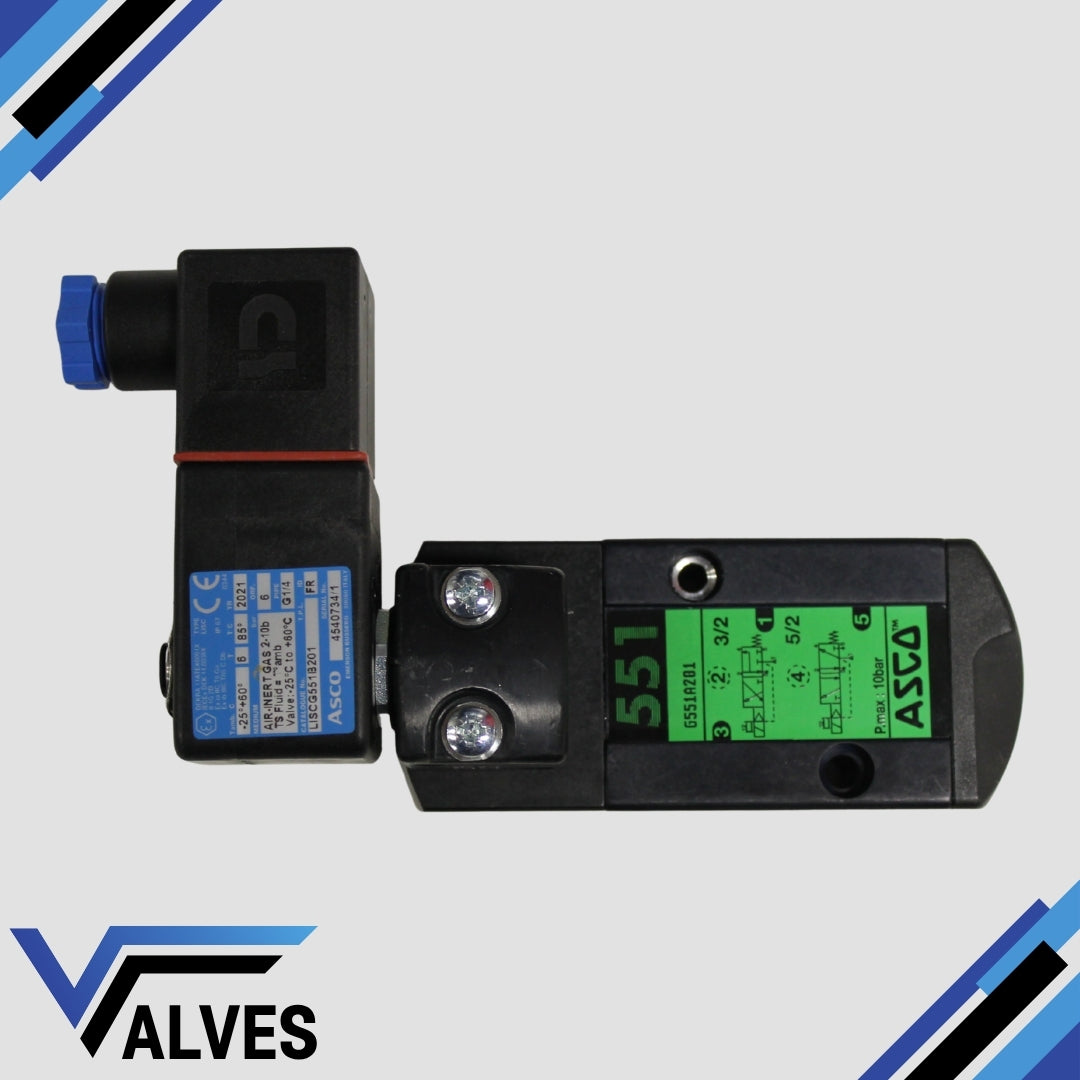
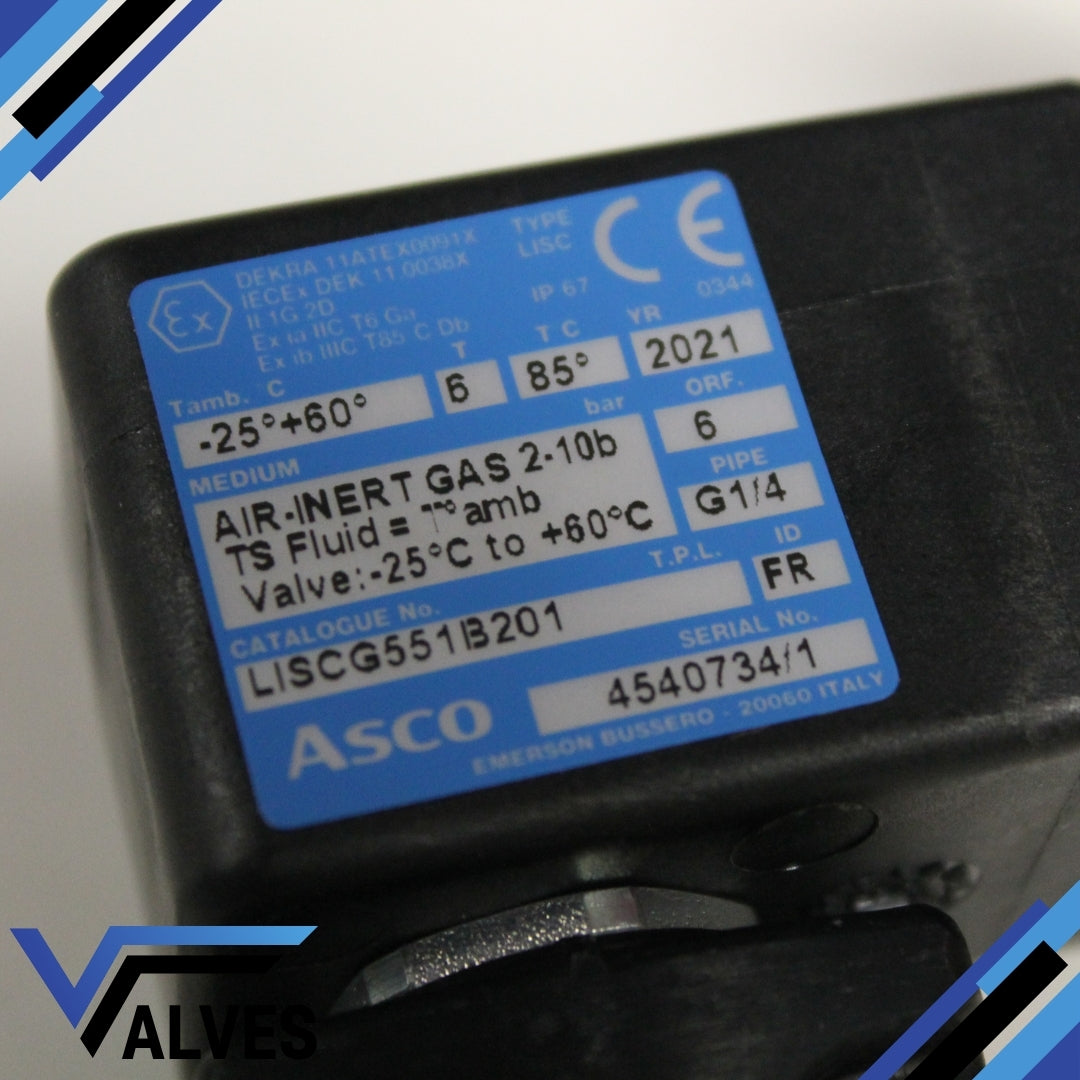
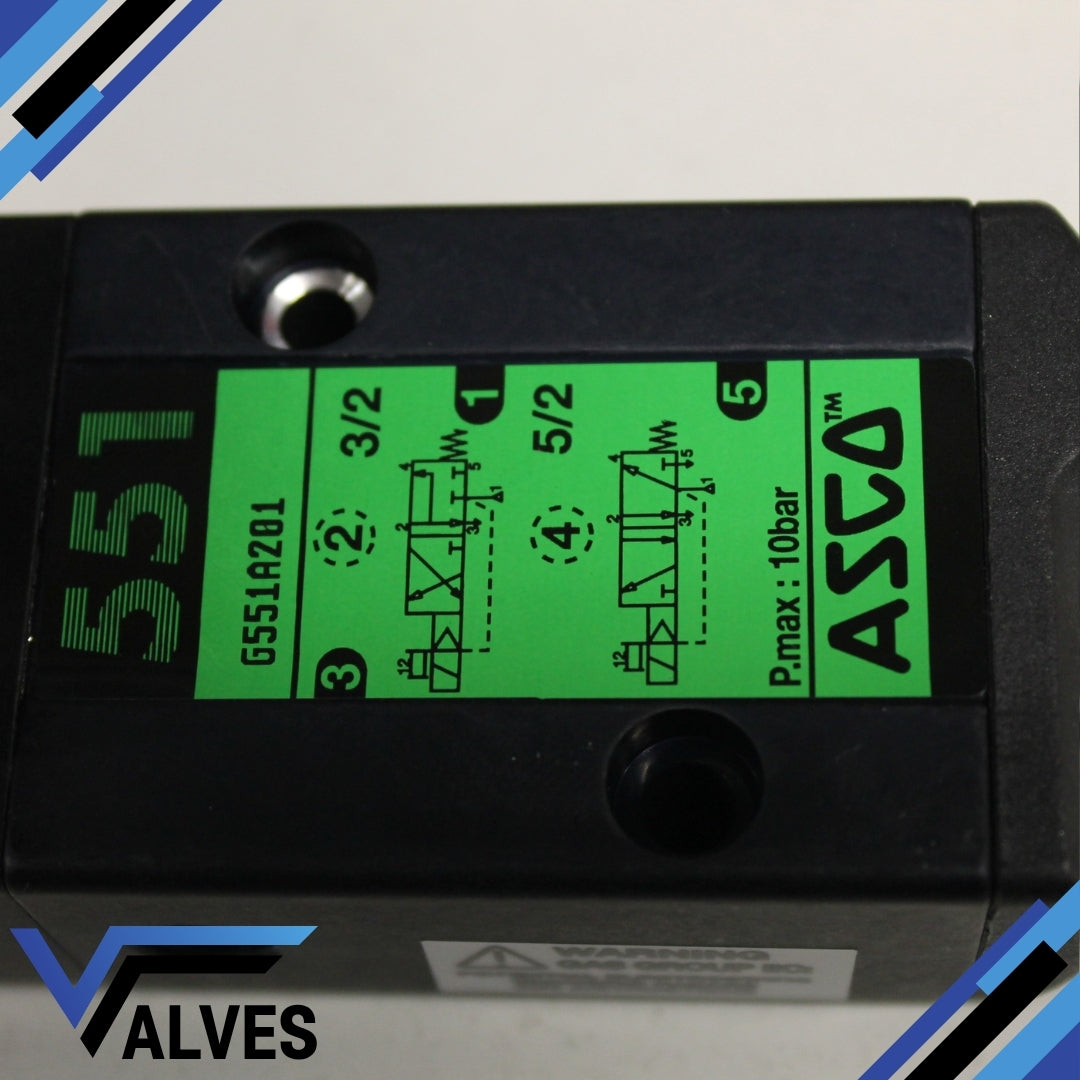
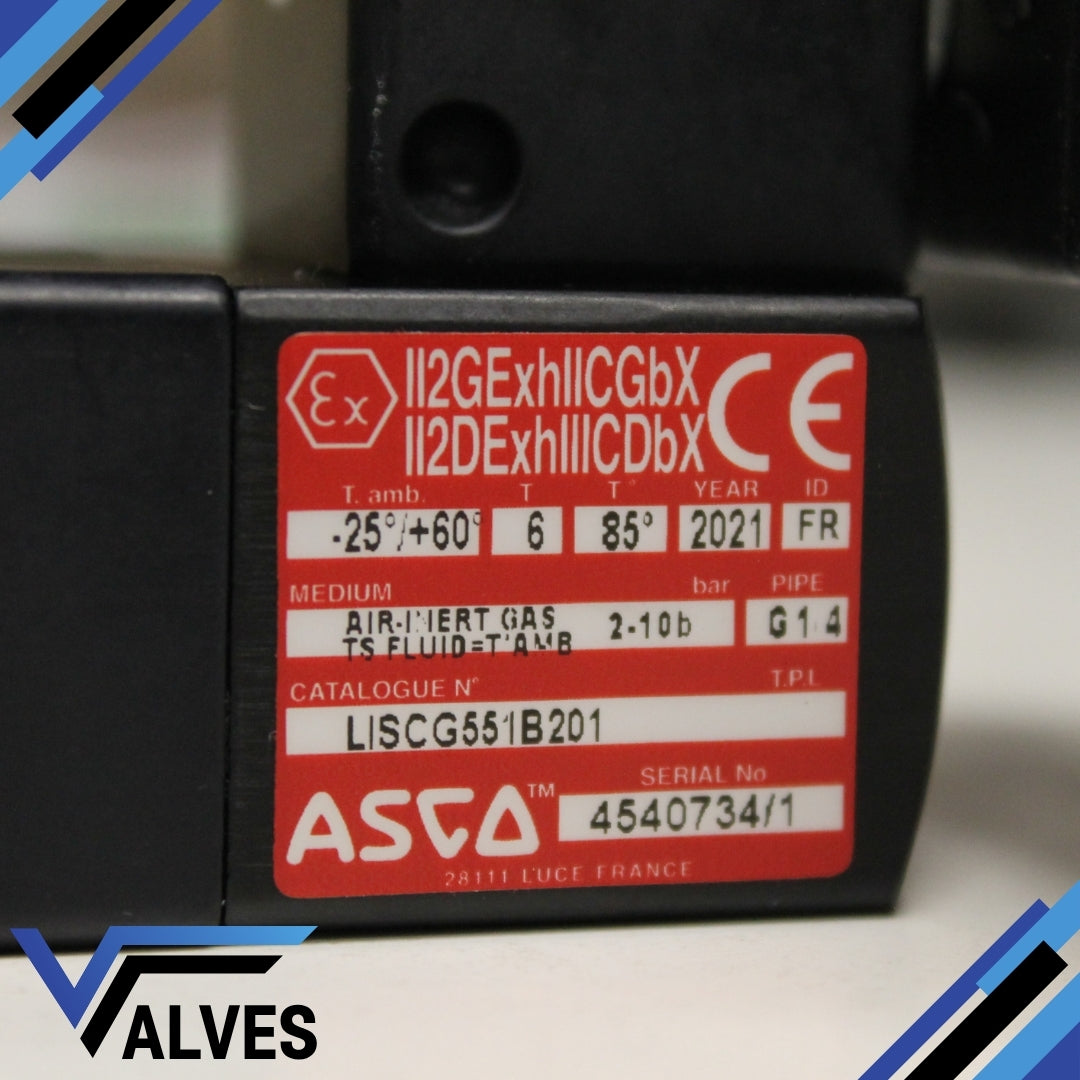
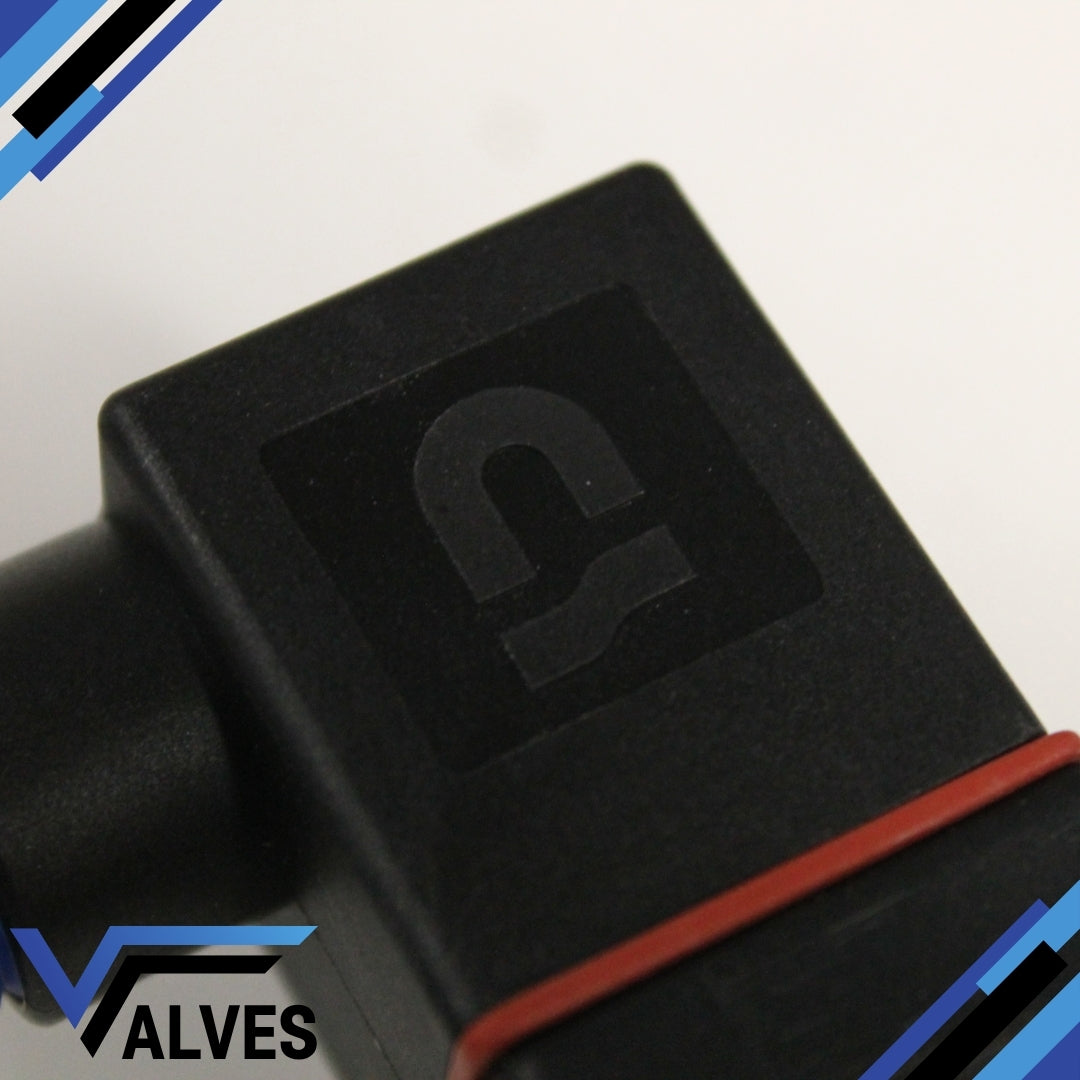
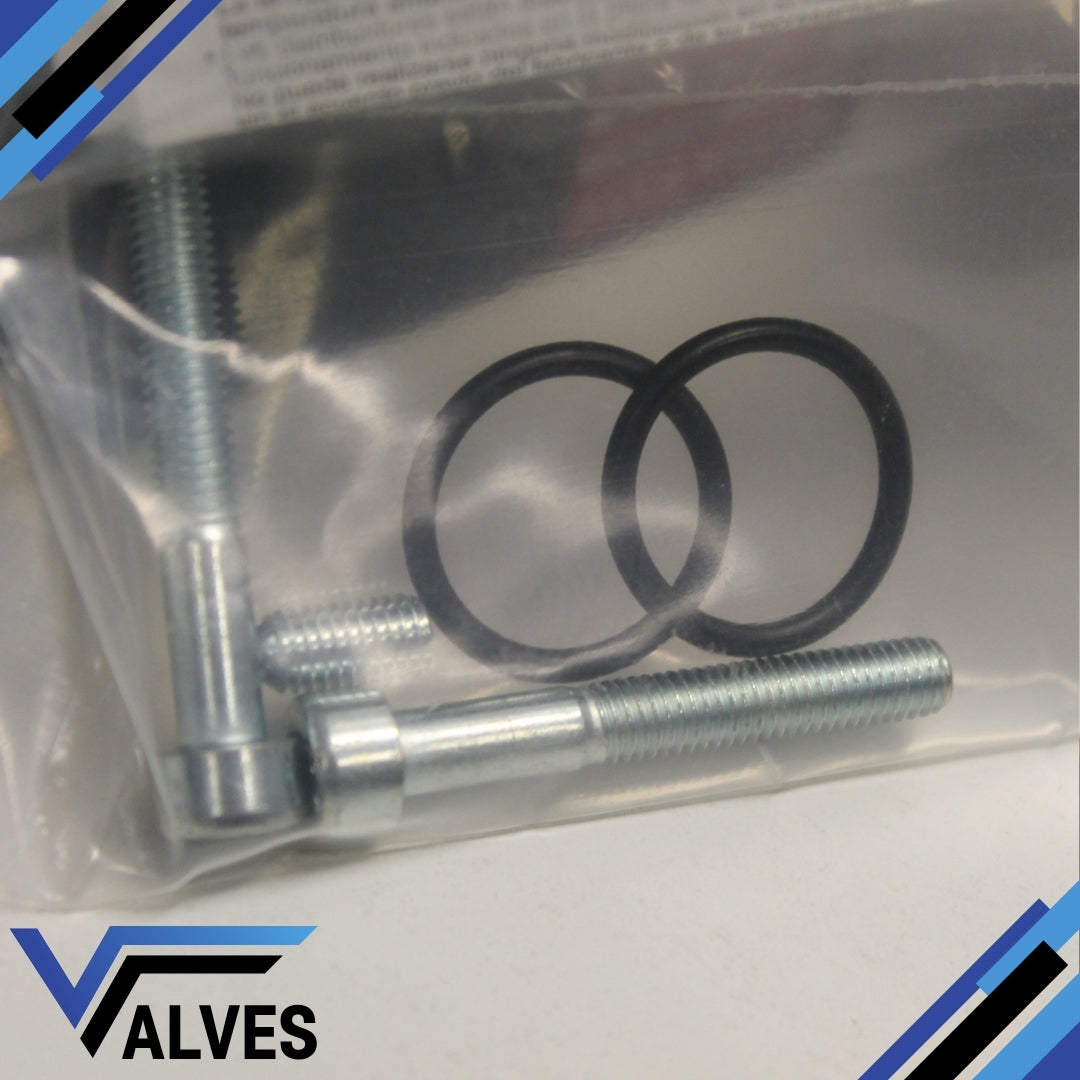
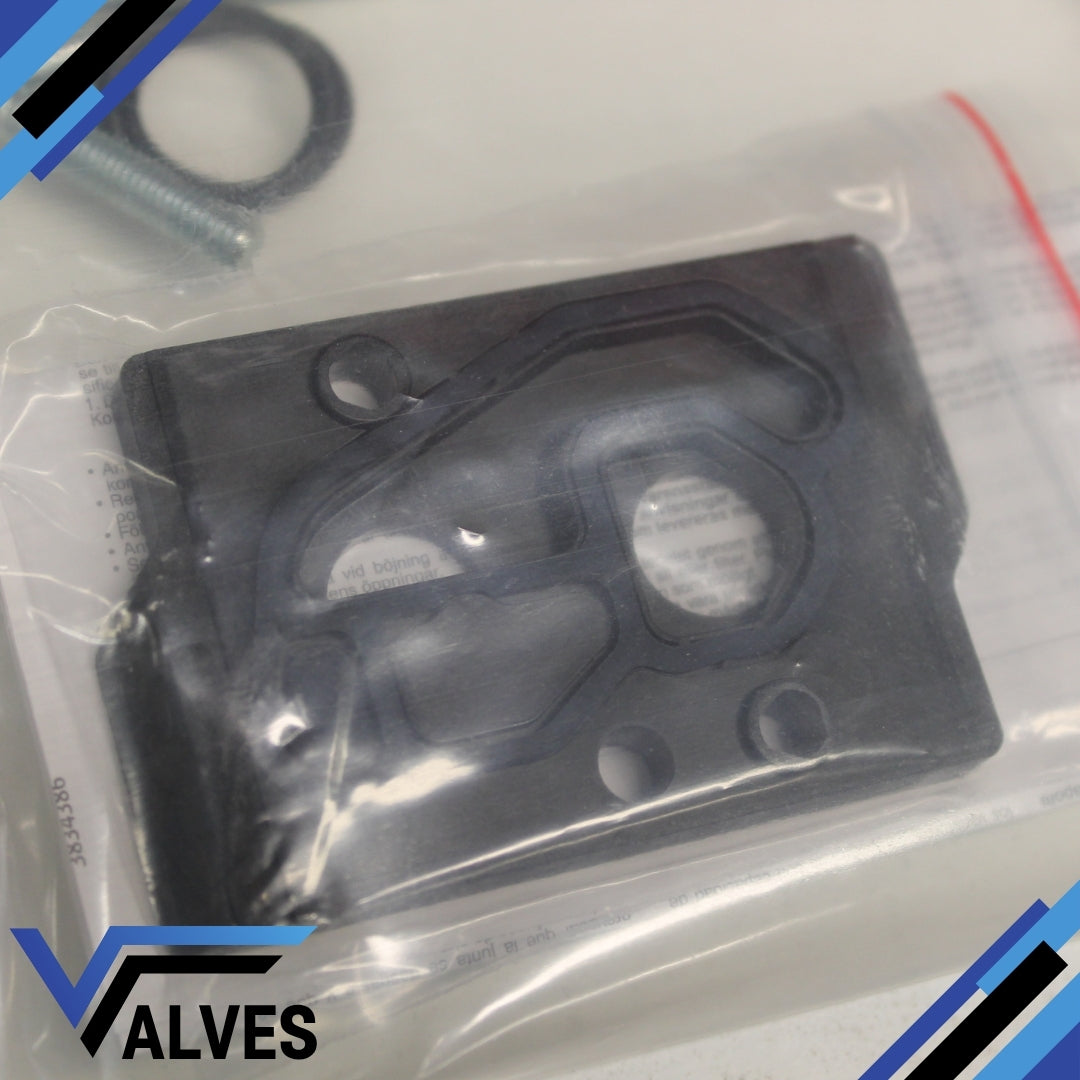
FAQ's
What is the difference between a valve and an actuator?
What types of actuators are available?
The main types of actuators are:
Pneumatic actuators – use compressed air for fast, reliable operation.
Electric actuators – use electrical power for precise control.
Hydraulic actuators – use fluid pressure for high-torque applications.
Each type offers unique advantages depending on the environment, media, and system control needs.
How do I choose the right actuator for my valve?
To select the correct actuator, consider:
Valve type and torque requirement
Power source available (air, electric, or hydraulic)
Operating environment (temperature, humidity, hazardous area)
Control signal type (on/off or modulating)
Matching actuator torque and compatibility with the valve’s ISO mounting ensures reliable performance.
What are the main types of valves used in automation?
The most common valves in automated systems include:
Ball valves – for tight shutoff and quick operation.
Butterfly valves – for larger flow control with compact design.
Globe valves – for precise throttling and flow regulation.
Check valves – to prevent backflow.
Gate valves – for full bore flow isolation.
What’s the difference between a double-acting and spring-return actuator?
Double-acting actuators use air (or power) to both open and close the valve.
Spring-return actuators use air to open (or close) the valve, and a built-in spring to automatically return it to a safe position when power or air is lost — ideal for fail-safe operation.
How often should valves and actuators be serviced?
Regular maintenance intervals depend on operating conditions, but a good rule of thumb is to inspect every 6–12 months.
This includes checking for leaks, lubrication, seal wear, and actuator responsiveness to prevent unexpected downtime.







